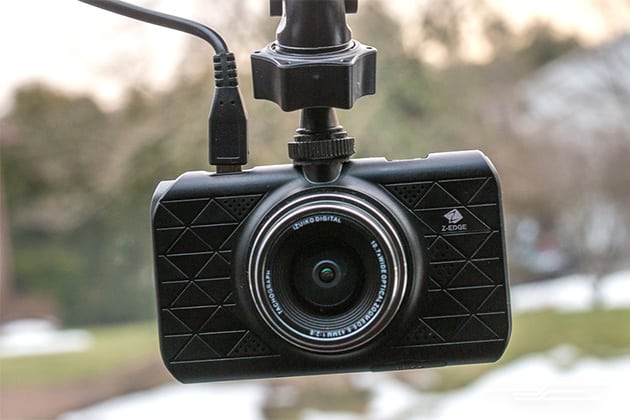We all love a bargain and it’s perhaps for this reason that we all have a tendency to seize upon the idea of counterfeits and dupes. Sure, we know they’re wrong in some sense – they are the theft of intellectual property, and they might not be as good quality or quite as safe. But there’s clearly a marketplace for the close-but-not-quite products in life, given their enduring popularity.
So would you buy a copycat car?
It might sound like an outlandish concept. After all, a car is so many moving parts, so much design and intellectual wizardry – is it even possible to copy them? And why would a company want to do that? Car manufacturers are huge brands with similarly huge legal teams behind them, so why would anyone risk stepping on toes? Surely they’d be sued off the face of the earth?
Well, take a look at this:
And then…
Well… apparently it is possible to copycat cars. Even in the process of sorting through those photos for this post, it was temporarily confusing as to which was which at first glance!
The first is the Landwind X7, a Chinese reproduction of the popular Range Rover Evoque. It’s not quite the same under the hood or with the technology available, and people who have studied both have announced the interior quality is nowhere near as good on the Landwind. However, that’s reflected in the price difference, with the Landwind retailing around $20,000 while the Range Rover is closer to $50,000 – and they really are similar at first glance.
If you’re wondering how on earth the manufacturers of the Landwind have gotten away with this… they haven’t. They have been sued, but the Chinese government simply cancelled the patents for both cars. Which is one way to deal with the problem!
Of course, for buyers in the USA this might not be worth it, thanks to import fees. However, with new trade deals set to be negotiated in the coming Presidential term… it’s worth a thought for the future.
This is not the first time that Chinese carmakers have copied other, popular designs. Here’s the Lifan 320:
And from the front, just in case it wasn’t already obvious…
Yes, on first glance, it looks like the ever-popular Mini.
The Lifan 320 (and the later 330, which was largely just more of the same) has a massive downside, though: its safety. This is a continued issue if you ever find yourself tempted by these copycat cars. The Lifan received a worrying 0 out of 5 stars for safety, with the testers commenting on how dangerous it was, and how it was simply nowhere near as robust as the car it took its likeness from. So not only will the copycats cost you a lot of money in auto repair, they might also endanger your life.
It’s therefore sensible to conclude that while the look may be the same, for something as important as a car, don’t be tempted by cheap rip-offs. Cars are expensive because of the research and development that goes into producing them. Just because something looks the same doesn’t mean it is – and there’s too much at stake for taking the risk.






